A Guide to Types of Marine Life-Saving Equipment: Choosing the Right Type
Central to maritime safety are the various types of life-saving equipment designed to mitigate these risks and ensure the well-being of those who venture into the watery expanse. In this article, we’ll explore the various types of marine life-saving equipment and offer guidance on how to select the right type for your needs.
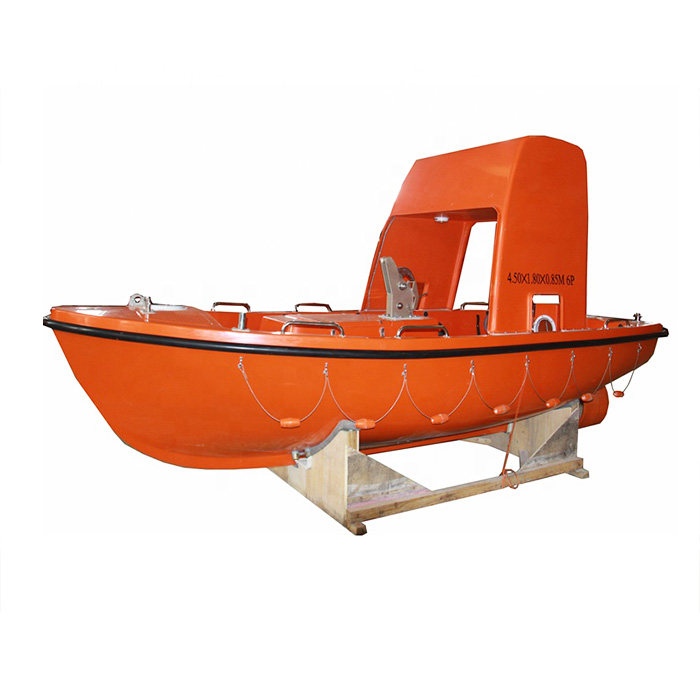
Various Types of Marine Life-saving Equipment
1. Personal Flotation Devices (PFDs)
Personal Flotation Devices, commonly known as life jackets or life vests, are indispensable companions for anyone setting sail on the water. Inherently buoyant foam jackets provide reliable flotation without the need for inflation, making them suitable for activities where rapid deployment is essential. Inflatable vests offer a more streamlined and comfortable fit, ideal for recreational boating and water sports. Hybrid designs combine the best of both worlds, providing the buoyancy of foam with the convenience of inflation.
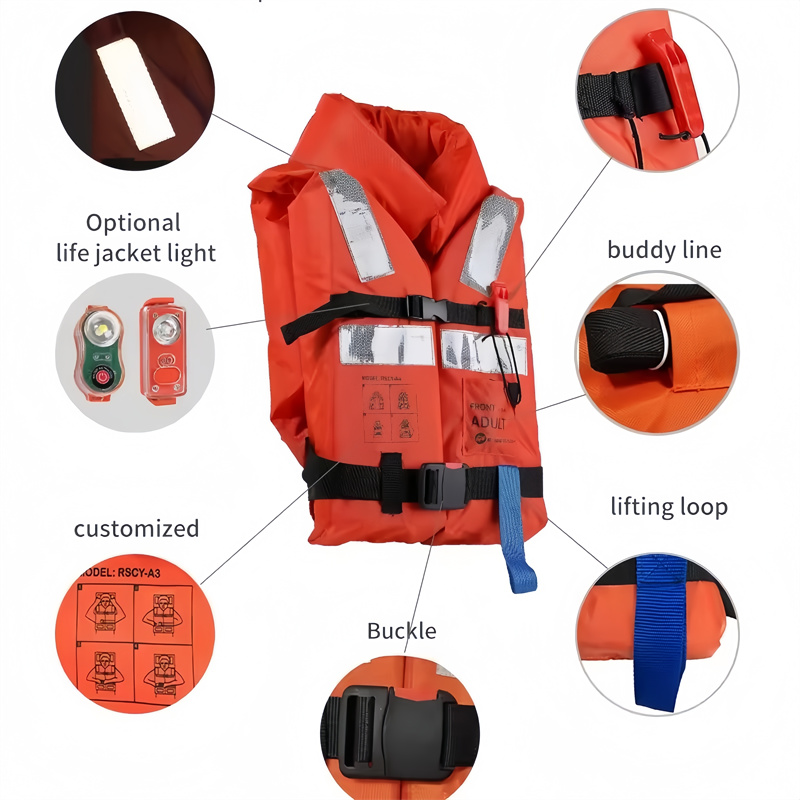
2. Life Rafts
Life rafts serve as floating sanctuaries in emergencies, providing shelter, buoyancy, and essential supplies to those in distress at sea. Throw-overboard rafts are compact, easily deployable, and suitable for smaller vessels and recreational boaters. Davit-launched rafts offer greater capacity and stability, making them ideal for commercial shipping and offshore operations. Helicopter-deployable rafts are designed for rapid aerial deployment during search and rescue missions, providing a swift means of evacuation from the water.
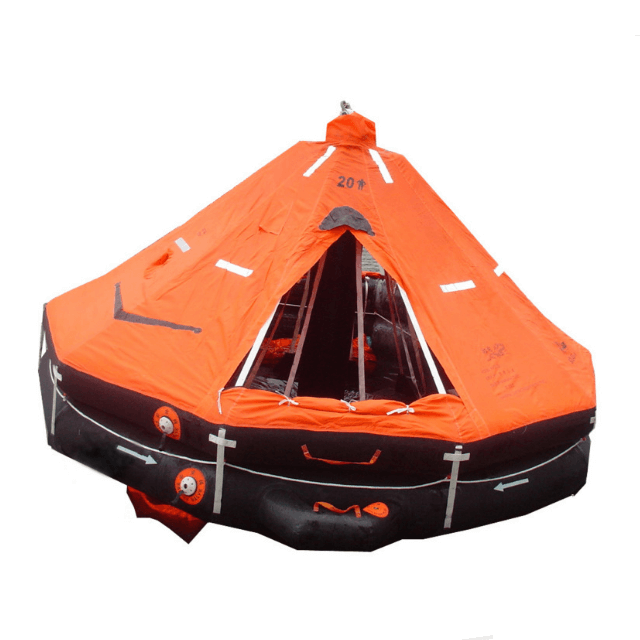
3. Emergency Position Indicating Radio Beacons (EPIRBs) and Personal Locator Beacons (PLBs)
EPIRBs and PLBs are electronic distress beacons designed to transmit distress signals via satellite to search and rescue authorities in the event of emergencies. These compact devices are equipped with GPS technology, enabling accurate location determination, even in remote or offshore locations. EPIRBs are typically installed on vessels, while PLBs are carried by individuals, providing an additional layer of safety for mariners at sea.
4. Fire Suppression Systems
Fires onboard vessels pose a significant threat to life, property, and the environment, necessitating effective fire suppression systems. These systems include portable fire extinguishers, fixed firefighting systems, and automatic sprinkler systems, each designed to contain and extinguish fires quickly and efficiently. Regular maintenance, inspection, and crew training are essential for ensuring the effectiveness of fire suppression systems onboard.
5. First Aid Kits and Medical Equipment
Medical emergencies can occur at any time during maritime operations, underscoring the importance of well-equipped first aid kits and medical supplies. Stock your first aid kit with essential items such as bandages, antiseptics, medications, and medical instruments. Additionally, consider investing in advanced medical equipment such as defibrillators, oxygen therapy devices, and trauma kits for comprehensive medical care onboard.
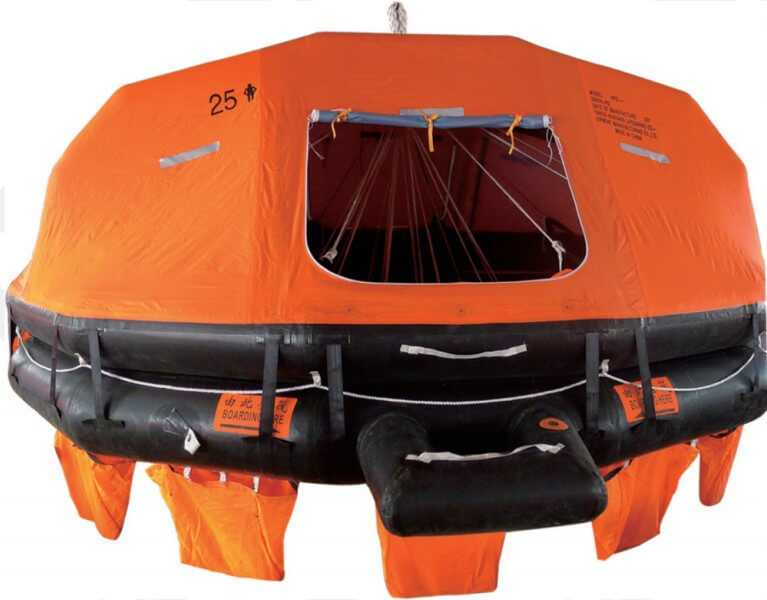
A Step-by-step Guide on Selecting the Right Type of Marine Life-Saving Equipment
1. Assess Your Needs
- Consider the type of vessel you’ll be using and the activities you’ll be engaging in. Different types of boats and water activities require different safety equipment.
- Evaluate the typical weather and water conditions you’ll encounter. Factors such as rough seas, strong currents, and cold water temperatures can influence your equipment needs.
2. Understand Regulations
- Familiarize yourself with maritime safety regulations and requirements applicable to your vessel’s size, location, and intended use. Regulations may mandate specific types of life-saving equipment and safety standards.
- Ensure that any equipment you select meets or exceeds regulatory requirements and is approved by relevant authorities, such as the U.S. Coast Guard or other maritime agencies.
3. Identify Essential Equipment
- Personal Flotation Devices (PFDs): Determine the appropriate type and quantity of PFDs needed for everyone onboard. Consider factors such as buoyancy, fit, and intended use (e.g., recreational boating, fishing, sailing).
- Life Rafts: Assess the vessel’s size, crew capacity, and operational environment to determine the type and size of life raft required. Consider factors such as inflation method, capacity, and additional features (e.g., canopy, survival equipment).
- Emergency Signaling Devices: Choose reliable distress signaling devices such as EPIRBs or PLBs with GPS capability for accurate location tracking. Ensure they are waterproof, have a long battery life, and are easy to operate.
- Fire Suppression Systems: Select fire extinguishers, fixed firefighting systems, and automatic sprinkler systems appropriate for the vessel’s size, layout, and fire risk. Ensure they meet regulatory standards and undergo regular maintenance.
- First Aid Kits and Medical Equipment: Stock first aid kits with essential supplies such as bandages, antiseptics, medications, and medical instruments. Consider investing in advanced medical equipment like defibrillators and oxygen therapy devices for comprehensive medical care onboard.
4. Consider Additional Safety Measures
- In addition to mandatory safety equipment, consider additional safety measures such as man-overboard recovery systems, radar reflectors, and emergency lighting.
- Implement safety protocols and procedures for using life-saving equipment effectively. Provide crew training in emergency response procedures, equipment operation, and maintenance.
5. Regular Maintenance and Inspection
- Ensure all life-saving equipment is properly maintained and regularly inspected according to manufacturer guidelines and regulatory requirements.
- Conduct routine checks to ensure equipment is in good working condition, free from damage or defects, and properly stowed and accessible in case of emergency.
6. Stay Informed and Prepared
- Stay informed about changing weather conditions, navigation hazards, and emergency procedures relevant to your area of operation.
- Regularly review and update your safety equipment inventory and emergency plans based on lessons learned from training exercises, incidents, or near misses.
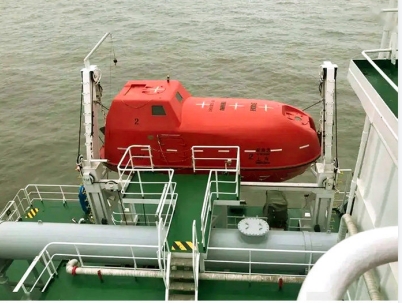
Conclusion
Selecting the right type of marine life-saving equipment is crucial for ensuring the safety and well-being of everyone onboard. Investing in high-quality gear that meets your needs and the demands of your maritime activities is essential. By prioritizing safety and preparedness, you can navigate the waters with confidence, knowing you’re equipped to handle emergencies should they arise.


